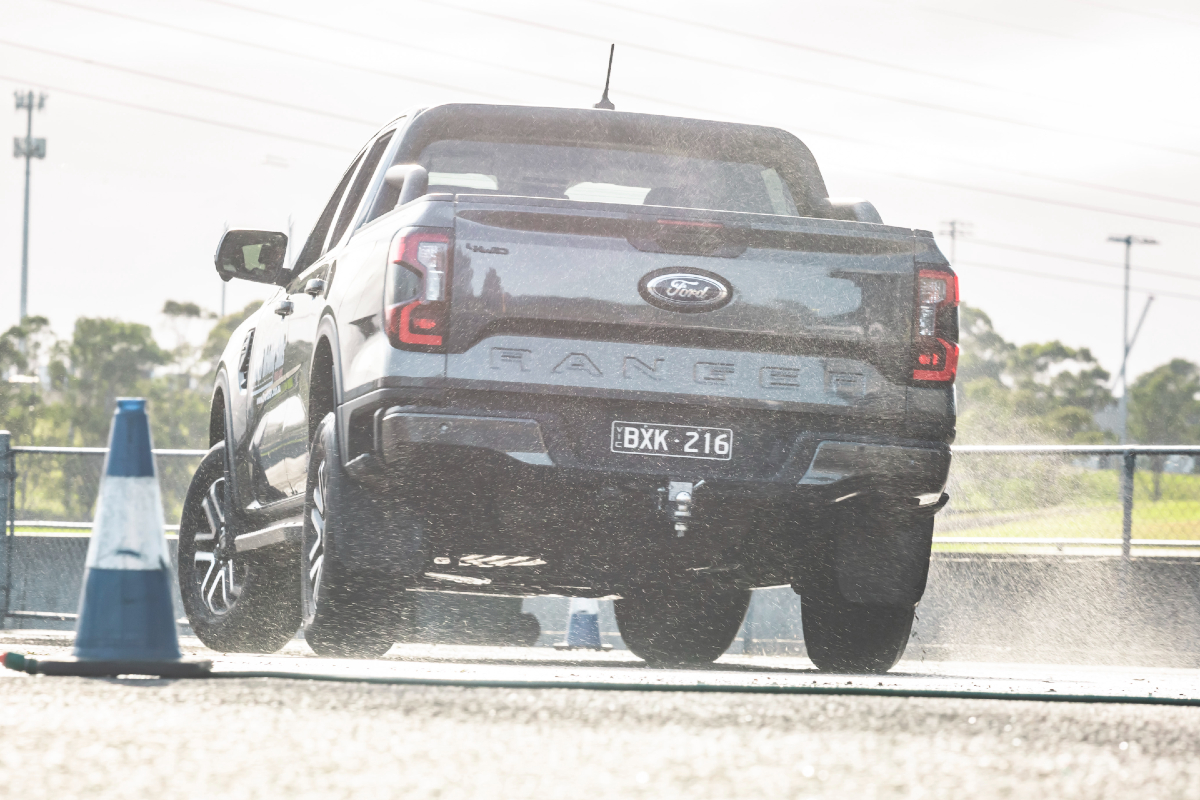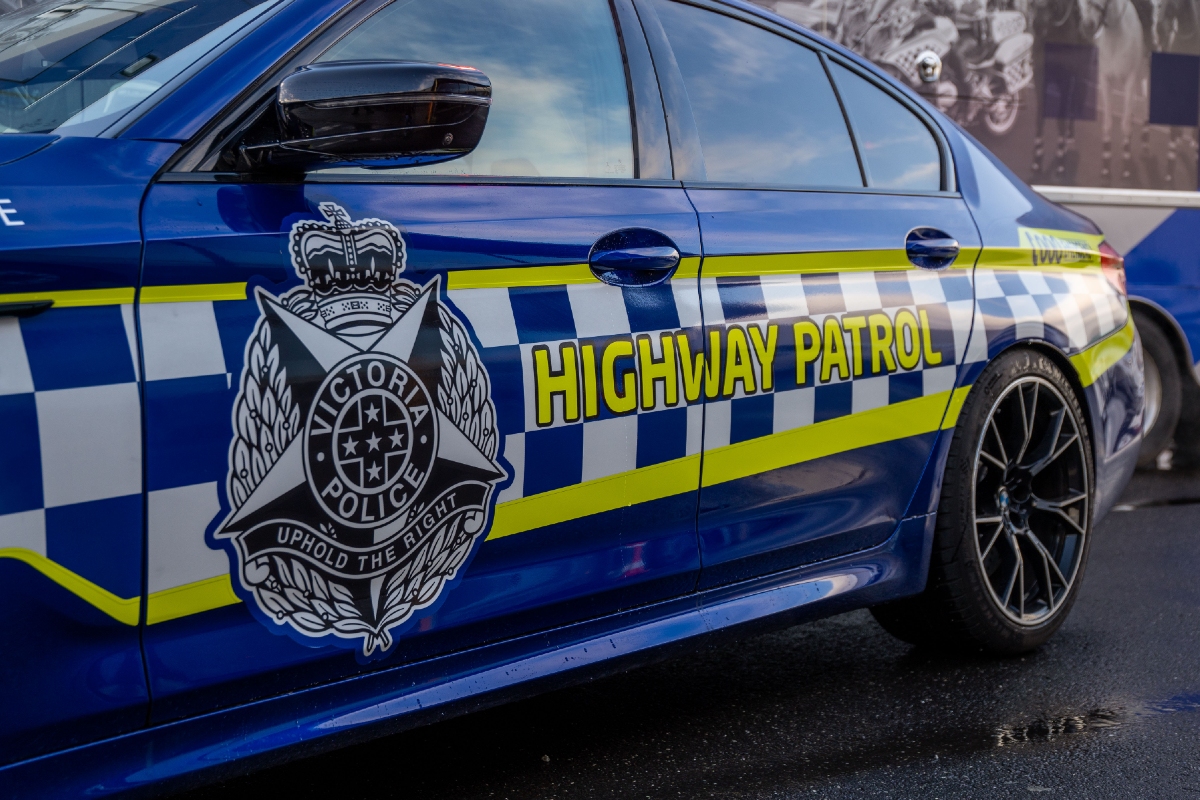
Last month the annual road fatality figures were released for 2023 showing a 7.3% increase year on year. That was also a similar increase over 2019, the last full pre-pandemic period.
In absolute terms, the figure of 1266 deaths on our roads last year is comparable to the immediate post World War Two era and therefore a huge improvement when measured by 100,000 inhabitants, given population growth since then. But there’s still considerable scope for improvement and that’s emphasized by the death rate in other developed countries such as Japan, the UK and Sweden, for instance, withs rates per 100,000 of around half ours.
So, what can be done in the short and medium term to improve here?
For sure there’s a significant element of improvement to be found in roads themselves. Size, design, layout and maintenance are all vital elements in improving overall levels of safety. But there are three particular areas that, in my opinion, have the potential to bring results much faster than overall longer term infrastructure improvements.
These are:
Drink driving policy
Driver education
Vehicle road worthiness testing
Let’s look at all three.
Drink driving is alive and well in Australia. For me, it’s clear that far more drunk (and probably drugged) driving goes on here today than in the UK. Over there, it is, for the most part, simply socially unacceptable. Here it’s not.
Examination of the data behind the fatality figures shows that deaths in the 17 – 39 age group are between 15 and 40 per cent higher than the average across all age groups. Alcohol most likely plays a part in this, the most socially active of age groups.
All states and territories here have zero tolerance rules for learners and P-plate drivers. Why not simply extend that in a step by step process to cover the whole population over time? After all, some states already have zero tolerance rules for professional drivers. Start with zero tolerance for 17-25 year olds, then move the needle in five year increments.
In an age of freely available non-alcoholic beer, surely there’s no excuse for tolerating any alcohol levels when folk are operating machinery in a public environment?
Driver education here falls far below worlds best practice. States and territories need to not only step up in terms of insisting that some basic training is available in later school years, but also align their rules with one another. It’s hard to learn the rules of the road properly if they vary from state to state and, given the mobility of people seeking work across state borders, surely it’s time to reach a consensus across the country. That will make it easier to teach one syllabus.
Real-time practical training on specific training circuits to teach young drivers exactly what cars will and won’t do has the capacity to save them from finding this out on the open road for the first time. This is done, to some extent, with motorcyclists. Why not cars?
There’s a fundamental lack of respect amongst many younger drivers as to just what a lethal weapon a car can be and, as cars get heavier and higher, and therefore often more unstable (think Moose test), they need to be made far more aware of this. We need to take into account the fact that there are an ever increasing number of utes being sold here and, regardless of stability controls and the like, these vehicles simply don’t have the same safety characteristics as conventional saloon cars of the past. Many drivers of all ages simply don’t understand this until it’s too late, as they swerve to avoid debris on the road, for instance, and flip over.
Furthermore, a ute without any payload in the rear can be a real handful under hard braking, especially in adverse conditions. How many inexperienced drivers learn this the hard way for the first time?
And, in Queensland, the lowest hanging fruit of all would be to improve and enforce basic lane discipline across all age and experience groups! That would halve the number of incidents on our major freeways immediately.

Finally, road worthiness testing, and the lack of it, is something that I wrote about in September last year. It’s a massive part of this fatality issue in my opinion and must be addressed.
The fact is that, many of the vehicles that are running around on our roads in an unroadworthy condition are cars that are being driven by younger drivers. They’re driving older, cheaper, cars for economic reasons. But that shouldn’t preclude those cars from having to conform to reasonable safety standards.
Slick tyres, sub-standard lighting, inoperative windscreen wipers all abound on too many cars across the country. Annual testing from three years old and onwards for every vehicle in the country won’t correct this entirely but it will have a large effect on reducing risk.
I believe that all three of my proposed measures would have disproportionately positive effect on fatality numbers in that higher risk age group covering 17 – 39 year olds.
Purely reducing the death rate of that age group to that of the national average would result in an overall reduction of more than 10 per cent per year. Given that there’d certainly be an overall reduction in road deaths across the board from an increasingly tough stance on drinking and driving gradually across all age groups under my scheme, we could quickly see road deaths standing at less than 1000 per year for the first time since the 1930s when the population of the country stood at 6.5m people.
Isn’t that a win for all? Apart from the sheer emotional benefits from saving lives, the government estimate of the cost of every fatal crash stands at over $3m. If we reduce the death rate by 20 per cent we save a billion dollars. Why not spend that to get there?












Discussion about this post